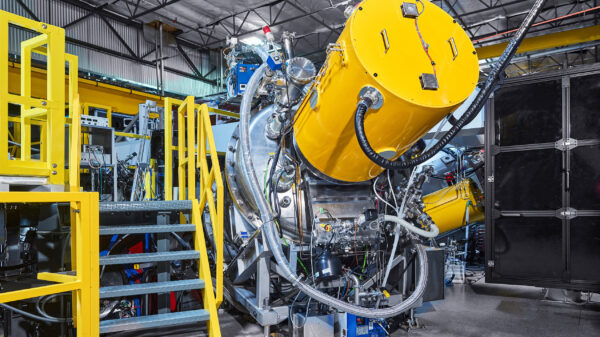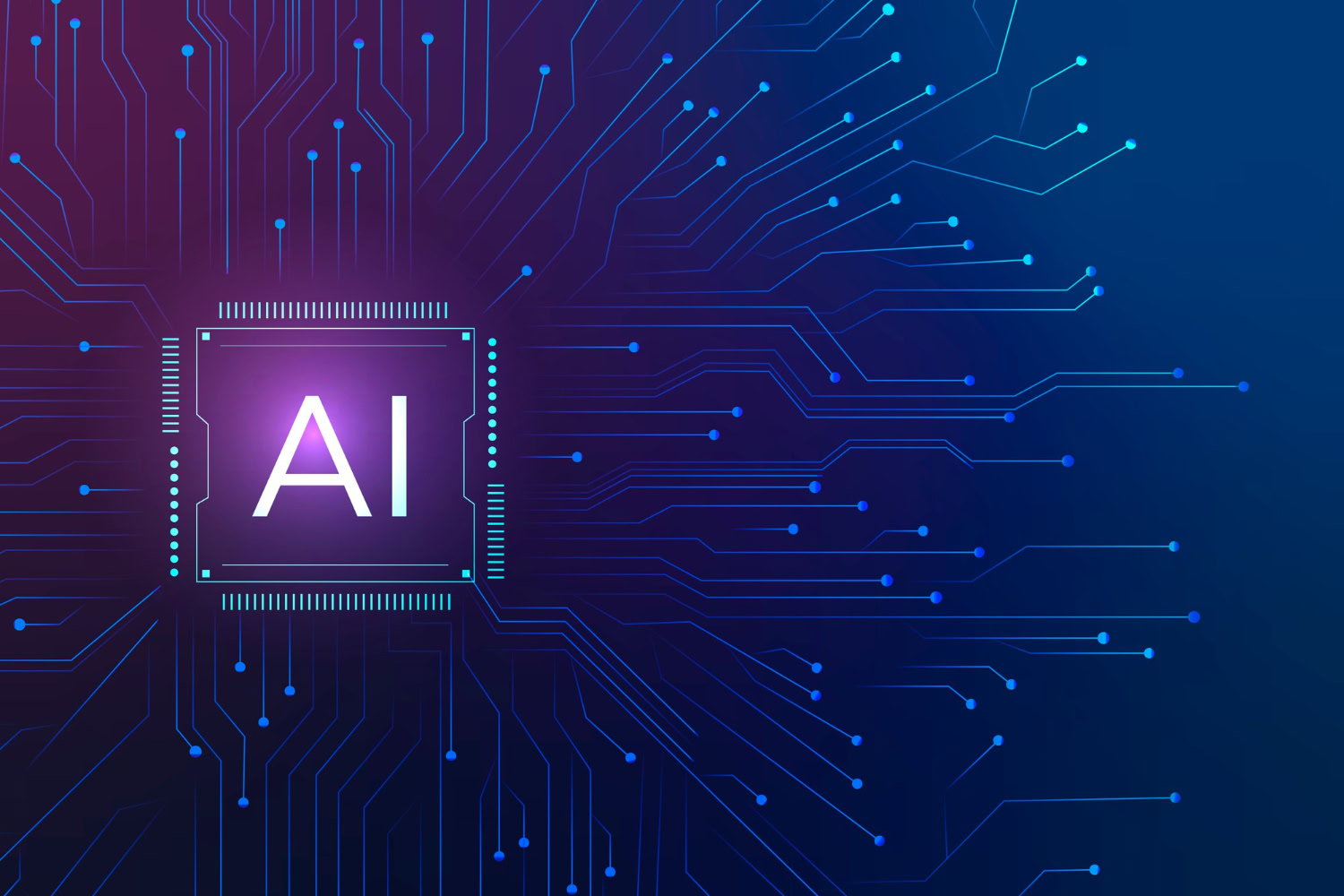OpenAI has signed a significant seven-year agreement with Amazon, valued at $38 billion, to utilize Amazon Web Services (AWS) for its cloud computing needs. This partnership will enhance OpenAI’s capabilities by providing access to a vast array of NVIDIA’s GPUs, specifically the GB200s and GB300s, which are optimized for efficient AI processing. This deal marks a crucial step in OpenAI’s strategy to strengthen its infrastructure while also benefiting Amazon’s cloud services.
Strategic Advantages for Both Companies
The collaboration between OpenAI and Amazon extends beyond mere cloud infrastructure. While many associate Amazon primarily with e-commerce, the company plays a vital role in powering a significant portion of the internet through AWS. The recent AWS outage, which disrupted numerous websites and services, highlighted the importance of reliable cloud services. By partnering with OpenAI, Amazon strengthens its position in the competitive cloud market, especially against rivals like Microsoft.
Prior to this agreement, OpenAI predominantly relied on Microsoft’s Azure services for its cloud computing needs. Although OpenAI will maintain its relationship with Microsoft, this diversification represents a strategic move to mitigate risks associated with dependency on a single provider.
Concerns Surrounding AI Investment
The AI sector is currently experiencing rapid growth, with many companies eager to invest in the technology. OpenAI, for instance, reported generating $4.3 billion in revenue during the first half of 2025, yet it also faced a staggering loss of $13.5 billion in the same period. Critics argue that the AI industry might be overextending itself, as many companies are reportedly losing substantial amounts of money. Estimates suggest that for every $1 earned, AI firms could be losing as much as $3.
Despite these financial challenges, OpenAI is committed to investing heavily in its infrastructure. The company plans to allocate approximately $1.4 trillion annually toward data centers and AI development through 2030. This aggressive investment raises questions about the sustainability of the current growth model in the AI industry. As the sector evolves, it remains to be seen whether such expenditures will yield profitable returns or if the industry will face a significant downturn.
In conclusion, the partnership between OpenAI and Amazon marks a pivotal moment in the ongoing evolution of AI technology. The substantial deal not only positions OpenAI for future growth but also reinforces Amazon’s status as a key player in the cloud computing landscape. As both companies move forward, the implications of this partnership will likely resonate throughout the technology sector.






































































